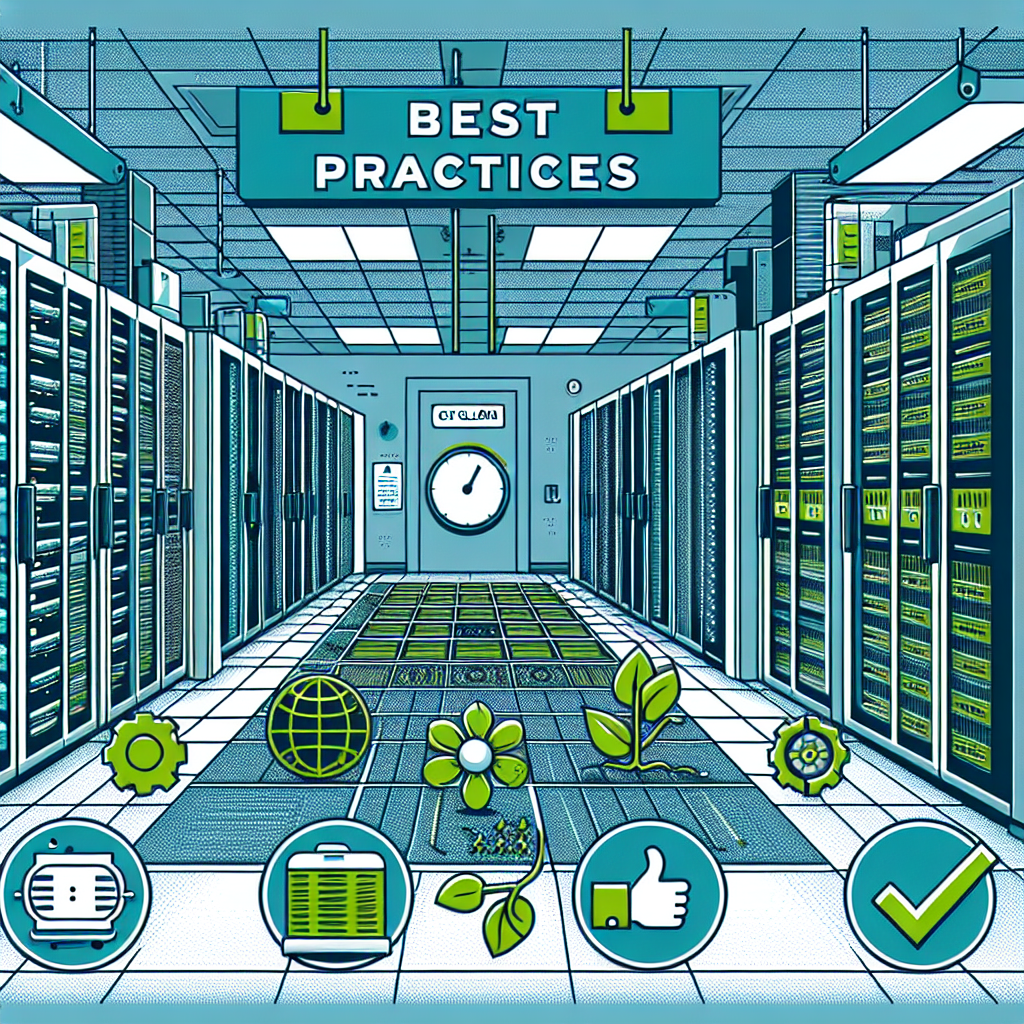Data Center Infrastructure Management (DCIM) solutions have become increasingly important in today’s data-driven world. Managing and maintaining a data center can be a complex and challenging task, but with the right DCIM solution in place, organizations can streamline their operations, improve efficiency, and reduce costs. In this article, we will discuss some best practices for implementing and maintaining DCIM solutions.
1. Define your goals and requirements: Before implementing a DCIM solution, it is important to clearly define your goals and requirements. Determine what you want to achieve with the solution, whether it is improving energy efficiency, optimizing capacity utilization, or simplifying asset management. By understanding your goals and requirements, you can select the right DCIM solution that aligns with your needs.
2. Conduct a thorough assessment of your data center: Before implementing a DCIM solution, it is essential to conduct a comprehensive assessment of your data center. This includes identifying all assets, documenting power and cooling requirements, and understanding the current infrastructure layout. By conducting a thorough assessment, you can ensure that the DCIM solution is tailored to your specific needs and requirements.
3. Choose the right DCIM solution: There are many DCIM solutions available in the market, so it is important to choose the right one for your organization. Consider factors such as scalability, ease of use, integration capabilities, and cost when selecting a DCIM solution. It is also important to choose a solution that is vendor-neutral and can support a wide range of devices and equipment.
4. Ensure proper training and onboarding: Implementing a DCIM solution requires proper training and onboarding for your staff. Ensure that your team is adequately trained on how to use the DCIM solution effectively and efficiently. This will help maximize the benefits of the solution and ensure smooth operation of your data center.
5. Regularly update and maintain the DCIM solution: Once the DCIM solution is implemented, it is important to regularly update and maintain it to ensure optimal performance. Regularly review and update the software, conduct regular audits of your data center assets, and perform routine maintenance tasks to keep the solution running smoothly.
6. Monitor and analyze data: One of the key benefits of DCIM solutions is the ability to monitor and analyze data in real-time. Use the data collected by the DCIM solution to identify trends, optimize resource allocation, and make data-driven decisions. Regularly review performance metrics and KPIs to ensure that your data center is operating efficiently.
By following these best practices for implementing and maintaining DCIM solutions, organizations can optimize their data center operations, improve efficiency, and reduce costs. With the right DCIM solution in place, organizations can streamline their operations, improve visibility into their data center environment, and ensure the reliability and availability of their IT infrastructure.

Leave a Reply
You must be logged in to post a comment.